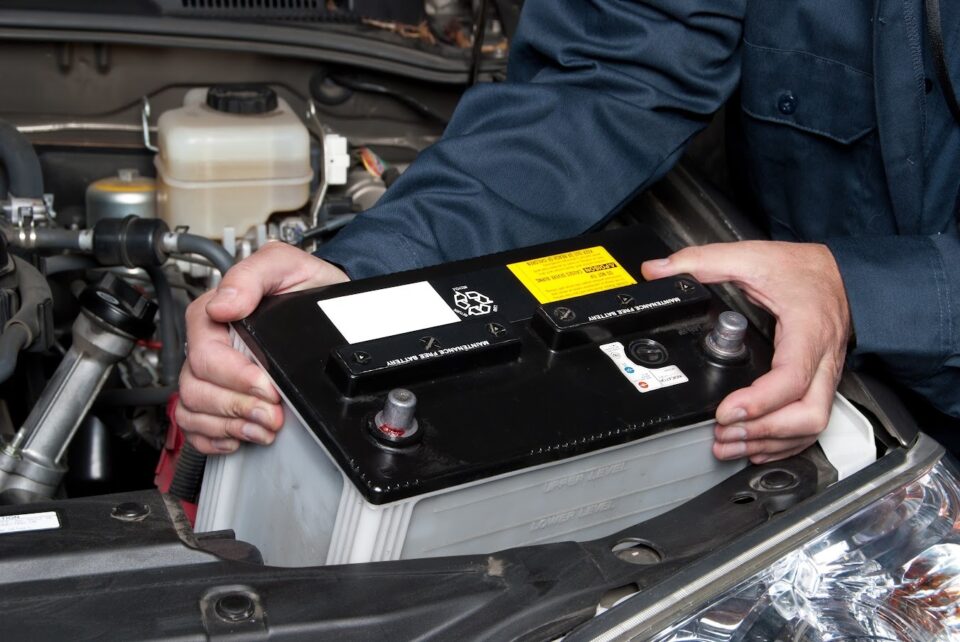When temperatures soar or plummet, your car battery becomes the first part of your vehicle to show signs of stress. Most drivers only think about performance when the engine refuses to start. But reliability doesn’t come by chance. The battery you choose, the materials it’s made from, and how it’s maintained will determine how well it performs when nature turns aggressive.
Key Highlights
- Extreme heat speeds up internal corrosion and weakens the battery’s charge.
- Freezing temperatures can reduce a battery’s starting power by over 50%.
- The best car batteries use thicker plates, AGM tech, and robust casings.
- Regular inspections help spot wear before it leads to failure.
- Cold Cranking Amps (CCA) and Reserve Capacity are vital specs for extreme climates.
Why Car Batteries Struggle in Harsh Weather
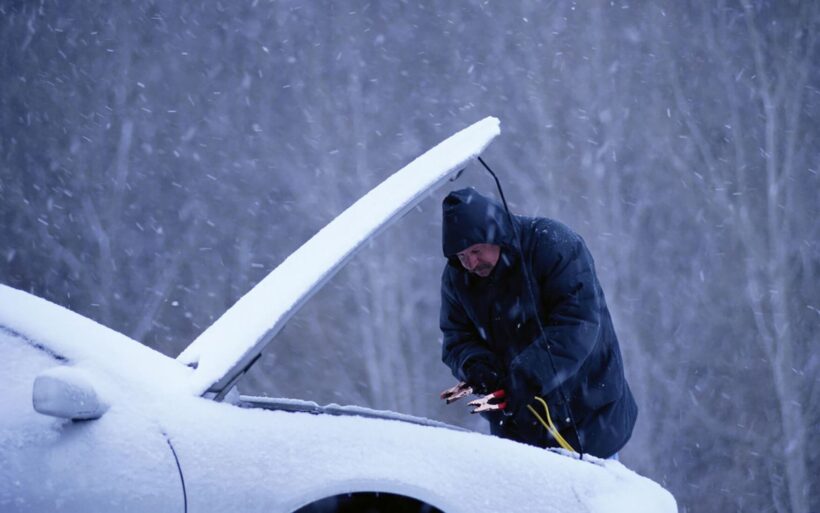
Batteries are chemical devices. Every part inside works based on how electricity flows between lead plates and the electrolyte. In extreme heat, internal components break down faster. In cold weather, that same chemical reaction slows down drastically.
Heat causes:
- Evaporation of battery fluid
- Increased corrosion on internal plates
- Faster self-discharge rate
Cold causes:
- Sluggish chemical reactions
- Thickened engine oil, demanding more power to start
- Drastic reduction in available cranking power
Weak or old car batteries will struggle to cope with these conditions. Modern vehicles with advanced electronics place even more demand on batteries year-round.
Core Traits of a Weather-Resistant Battery
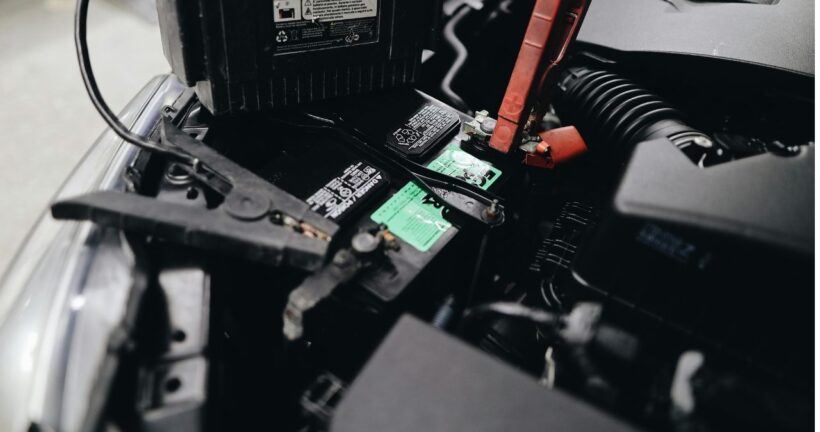
A reliable battery in extreme temperatures shares specific qualities:
1. High Cold Cranking Amps (CCA):
This figure shows how much power a battery can deliver in the first 30 seconds at 0°F. The higher the CCA, the more capable the battery is in cold starts.
2. Strong Reserve Capacity (RC):
RC indicates how long a battery can power your car’s essential systems if the alternator fails. High RC helps during prolonged use in both summer and winter.
3. AGM Technology (Absorbent Glass Mat):
AGM batteries offer better vibration resistance, are spill-proof, and handle temperature swings more efficiently than traditional flooded batteries.
4. Durable Housing and Design:
Reinforced casing protects the battery from thermal deformation during summer and cracking in the winter.
5. Low Self-Discharge Rate:
Especially important if the car isn’t driven frequently. A low discharge rate prevents complete drain during extended parking periods.
Where to Find Batteries That Match All Requirements
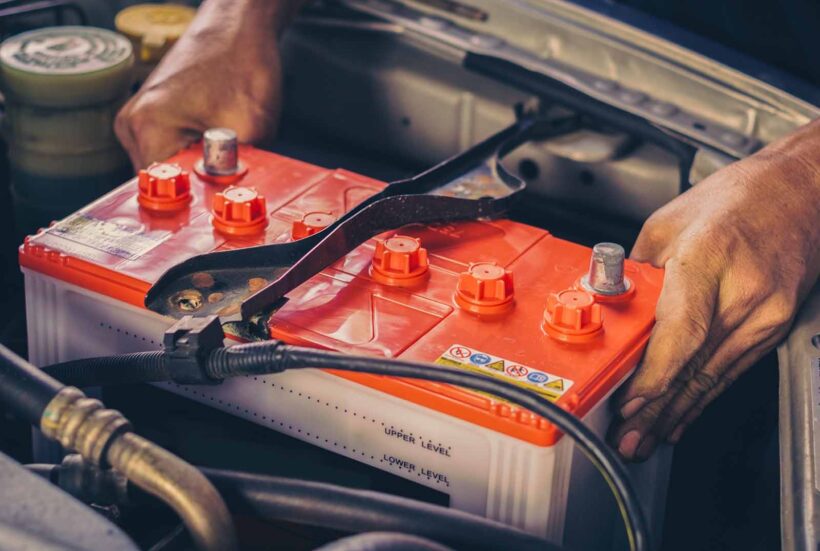
If you’re searching for a battery that performs under pressure, GTK Marine Power has a full range that fits any demanding condition. Known as one of the largest battery dealers in Malta, GTK Marine Power provides reliable car and truck batteries that endure both heatwaves and deep freezes.
Their stock includes deep cycle, AGM, marine, and commercial-grade batteries. Customers can order online 24/7 or contact their team for tailored advice. High standards and broad compatibility make them a trusted option for long-lasting power.
How Heat and Cold Each Affect Battery Types
Not all batteries are created equal. Let’s break down how different battery types respond to climate extremes:
Flooded Lead Acid Batteries:
- Affordable, but require regular maintenance
- Vulnerable to fluid loss in heat
- Can freeze if left discharged in winter
AGM Batteries:
- Sealed, maintenance-free, ideal for all temperatures
- Handle vibrations and thermal stress well
- More expensive, but offer better ROI in harsh environments
Gel Batteries:
- Less ideal for cars, sensitive to charging levels
- Perform well in heat but can crack in freezing weather
AGM comes out as the top choice for most drivers dealing with fluctuating climates.
Maintenance Steps to Boost Battery Longevity
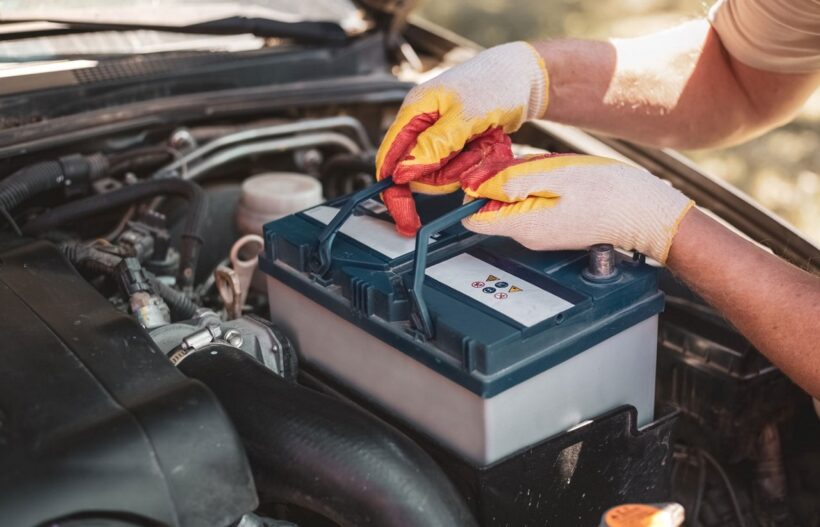
Even the best battery won’t last if neglected. A few consistent checks can keep your battery in top shape:
- Clean terminals: Corrosion builds up faster in humid or salty environments.
- Test voltage regularly: Use a multimeter or ask a mechanic to check.
- Secure the battery tightly: Loose batteries can shake and damage internal plates.
- Inspect the casing: Look for bulging, cracking, or fluid leaks.
- Limit short drives: Short trips don’t allow the alternator to recharge the battery fully.
Also, unplug accessories like dash cams or chargers when parked overnight in freezing temperatures.
Battery Features That Matter More Than Price
Don’t judge a battery only by price or brand name. Focus on specifications. Look at the label before you buy:
| Feature | Why It Matters |
| Cold Cranking Amps | Needed for starting in cold mornings |
| Reserve Capacity | Keeps electronics powered longer |
| Amp-Hour Rating | Shows overall charge capacity |
| Vibration Resistance | Important for off-road or older cars |
| Warranty Period | A clue to expected lifespan |
Spending slightly more on the right battery saves you the cost of early replacements and winter breakdowns.
Signs You Need a Replacement—Even in Mild Weather
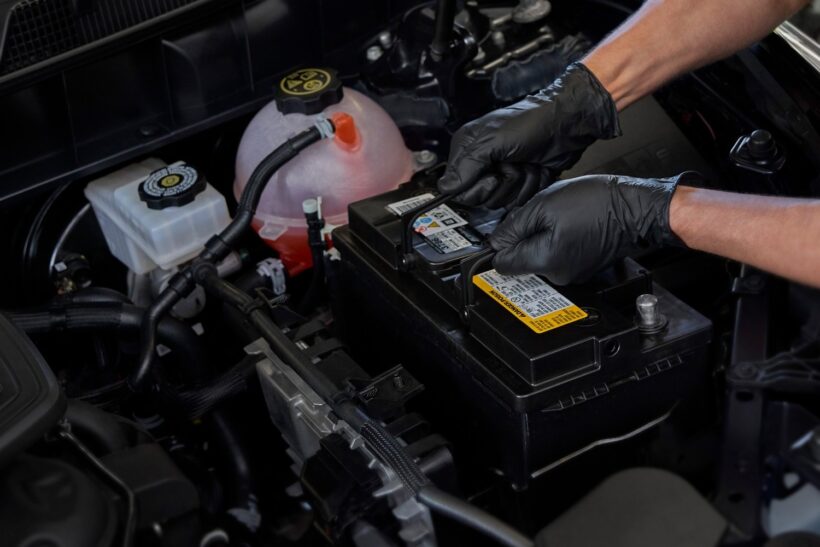
Even outside of weather extremes, your battery might be one step from failure. Warning signs include:
- Slow engine crank when starting
- Clicking noise when turning the key
- Flickering dashboard lights
- Swollen battery casing
- Dashboard battery warning light on
If you live in a region where summers are blazing or winters are harsh, replace your battery before it reaches that point.
Choose Based on Your Climate, Not Just Your Car
Your car’s manual might suggest a specific battery type, but if you’re driving through Arizona summers or Canadian winters, factory suggestions aren’t always enough. Choose based on:
- Climate demands
- Frequency of use
- Battery location (under hood, trunk, etc.)
- Daily load (lights, electronics, sensors)
Drivers in coastal areas need higher corrosion resistance. Drivers in mountains need better cranking power.
Final Word
A reliable car battery in extreme weather doesn’t come down to luck. It depends on the right specs, quality construction, and consistent upkeep. When temperatures reach the edge—either below freezing or above 40°C—your battery faces real pressure. Not every model can keep up. The wrong choice might still start the engine today, but fail without warning tomorrow.
Modern batteries power more than just ignition. They support climate control systems, smart sensors, drive-assist features, GPS units, infotainment panels, and emergency functions.
That means one weak cell can trigger a whole chain of electronic failures, especially in winter mornings or heat-stressed afternoons. Your battery becomes the silent core of vehicle safety and efficiency. You need one that holds strong.

